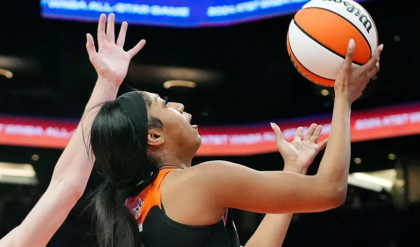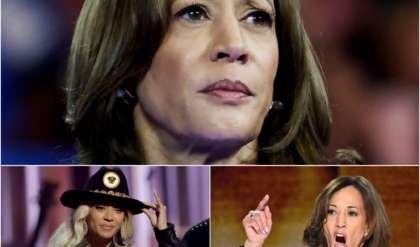Lin Dunn has raised critical concerns about the treatment of Caitlyn Clark in the WNBA, emphasizing the need to address player safety and maintain the integrity of the game.
As Clark’s popularity continues to grow, the debate surrounding the physicality of play has intensified, prompting discussions about the future of women’s basketball.
However, the surge in attention has also resulted in Clark being heavily targeted by defenders, raising concerns about the balance between competitive play and player safety.

The WNBA’s competitive nature, as noted by Commissioner Kathy Engelbert, contributes to the physical style of play that has become a hallmark of the league. While some argue that this physicality is a vital aspect of the game, others worry that it risks player safety, particularly in light of the rough treatment Clark has faced.
Dunn’s advocacy for player protection underscores a growing sentiment that maintaining the excitement of the game should not come at the cost of athletes’ well-being.
Dunn’s proactive measures, including submitting game tapes to the league office, reflect her commitment to addressing dangerous plays and fostering a safer playing environment. Her stance signals a broader concern for the sport’s integrity and highlights the need for a balance between competitiveness and safety.
The basketball community remains divided on the issue, with some advocating for a shift toward a more skill-based game to reduce physical confrontations and enhance player safety. Others argue that the physical nature of basketball is integral to its excitement and tradition. The debate underscores how Clark’s influence is reshaping the league, drawing unprecedented fan interest and spotlighting the need for potential changes in game regulations or fan education.
Clark’s presence on the court significantly impacts the league, generating intense competition and fan involvement.
This heightened attention brings challenges in maintaining game integrity and ensuring player safety. The WNBA faces the complex task of balancing the growing enthusiasm of its fan base with the need for fair play and the well-being of its players. How the league navigates these issues will be crucial in shaping the future of women’s basketball.





